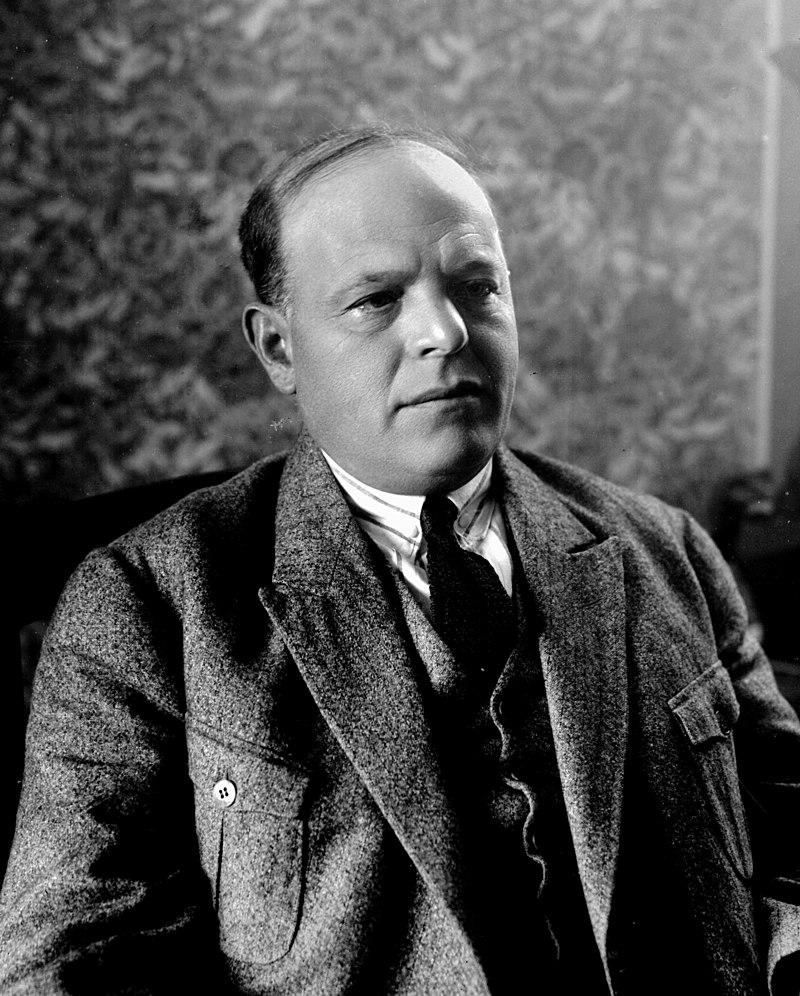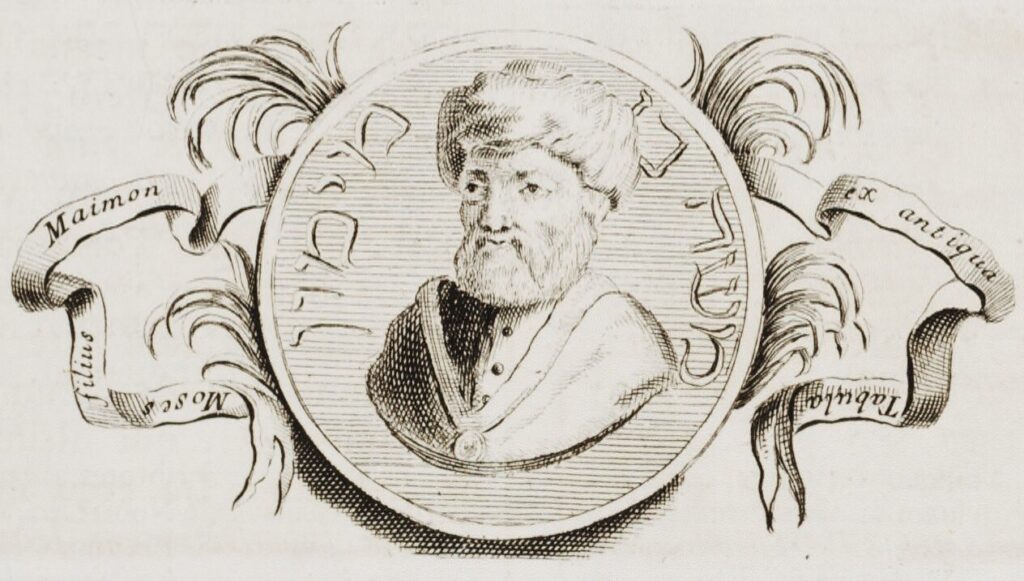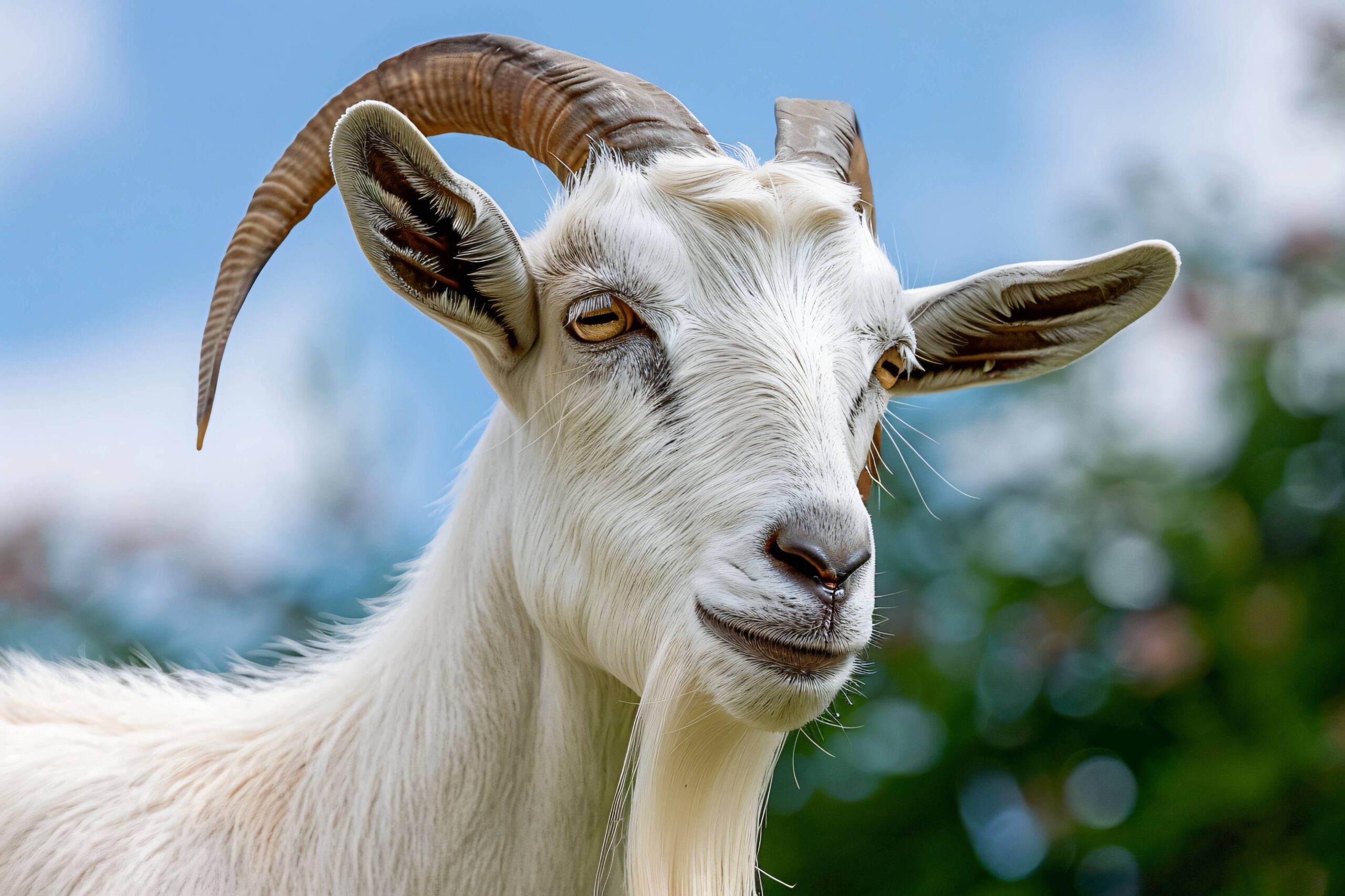Chaim Nachman Bialik (1873-1934) is considered one of the most influential Hebrew poets and the national poet of Israel. However, he was also known for his sharp tongue.

Once, the fiery poet cursed a young man from the “Gedud Meginei HaSafa” (“Battalion of Language Defenders,” a group dedicated to the exclusive use of Hebrew), sending him “L’Azazel” (“to hell” in modern Hebrew), after the man pointed out that Yiddish shouldn’t be spoken in Tel Aviv. The young man sued Bialik for insult. In his defense, Bialik wrote:
“Perhaps this word, according to its common interpretation, is a bit harsh, but in its true sense, it refers to the name of a mountain in the Judean desert, two or three hours’ walk from Jerusalem. In my opinion, this is a very respectable place for that man.”
(Igrot Bialik, Volume 4, page 52)
As this anecdote shows, “Azazel” is often used in Hebrew slang as a synonym for “devil.” But where does this expression come from?
We first encounter the term in the Torah, specifically in the context of the Yom Kippur rituals in the Temple. The Torah (Leviticus 16) instructs that on Yom Kippur, two identical goats are to be taken, and by casting lots, one is designated for Hashem and the other for “Azazel.” The goat designated for Hashem is offered in the Temple as a Chatat (sin offering).
The other goat, designated for “Azazel,” is sent into the wilderness after the High Priest (Kohen Gadol) confesses the people’s sins over it, and it is pushed off a steep cliff on Yom Kippur. The Torah commentator Rashi, based on Midrashic tradition, explains that the word “Azazel” refers to a strong or steep cliff.
While the role of the first goat as a sin offering on Yom Kippur is understandable, the goat for Azazel and its grim fate requires explanation.
This is discussed in the Talmud (Yoma 76b), where the verse “Follow My commandments and observe My statutes” (Leviticus 18:4) is interpreted as distinguishing between rational, moral laws (such as prohibitions against murder, adultery, and idolatry) and statutes that seem beyond human logic and are often mocked by other nations. Examples of the latter include the prohibition of eating pork and the sending of the goat to Azazel on Yom Kippur.
While the ritual involving the goat for Azazel might seem inexplicable on the surface, it holds deeper meaning. The Ramban (Nachmanides, 1196-1270) explains in his Torah commentary, drawing on Kabbalistic sources like the Zohar, that the goat for Azazel is an offering to the heavenly accuser (Yetzer HaRa). He likens it to a feast where a nobleman orders a special portion for a troublesome guest to keep him from causing trouble. Similarly, the goat for Azazel serves to appease the Yetzer HaRa, so that it refrains from accusing the Jewish people, allowing for a more favorable heavenly judgment. However, Nachmanides emphasizes that this offering is not from us to the Yetzer HaRa (since it’s forbidden to offer sacrifices to it), but rather a “gift” from Hashem. The goat is chosen by lot to make it clear that this is Hashem’s decree, not our offering.
Maimonides (Rambam), on the other hand, in his rationalist work “Guide for the Perplexed,” offers a different perspective. For him, the ritual is purely symbolic—the goat, laden with sins, is sent away from the community into the wilderness. Of course, sins cannot be physically transferred to a goat, but the act symbolizes that through sincere repentance (Teshuva), we can separate ourselves from our sins.

The Mishnah (Yoma 6:1) specifies that the two goats must be identical in appearance, value, and must be acquired at the same time.
Why do such seemingly trivial technical details like appearance and value matter so much?
Rabbi Samson Raphael Hirsch explains that the two goats on Yom Kippur teach one of the most fundamental concepts in Judaism: free will—the choice between good and evil, right and wrong.
The goat offered in the Temple to Hashem represents the possibility of controlling our earthly desires and using our time and energy to lead a fulfilling, spiritual life in service to Hashem. The goat for Azazel, on the other hand, symbolizes the choice to give in to our weaknesses and live a purely hedonistic life.
Both goats start out identical, standing side by side in the Temple courtyard, yet one ends up in the Holy of Holies on the holiest day of the year, while the other perishes, isolated from the community, in the wilderness.
On Yom Kippur, we reflect on our actions and choices, and Hashem delivers His final judgment. The two “twin goats” teach us that while Hashem does everything possible to secure us a favorable judgment, it is ultimately up to us, and not external factors, which path we choose and how we shape our lives.




